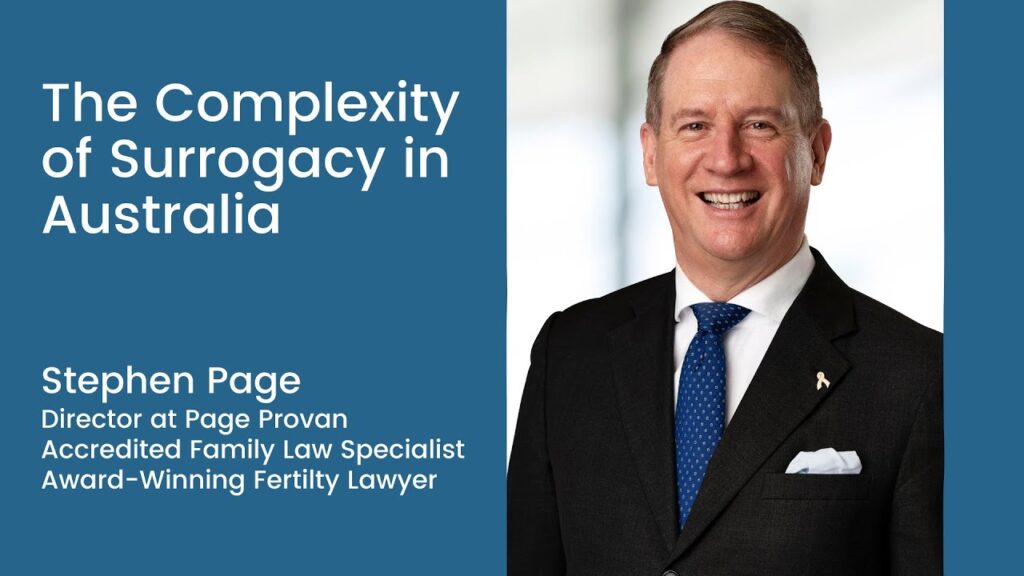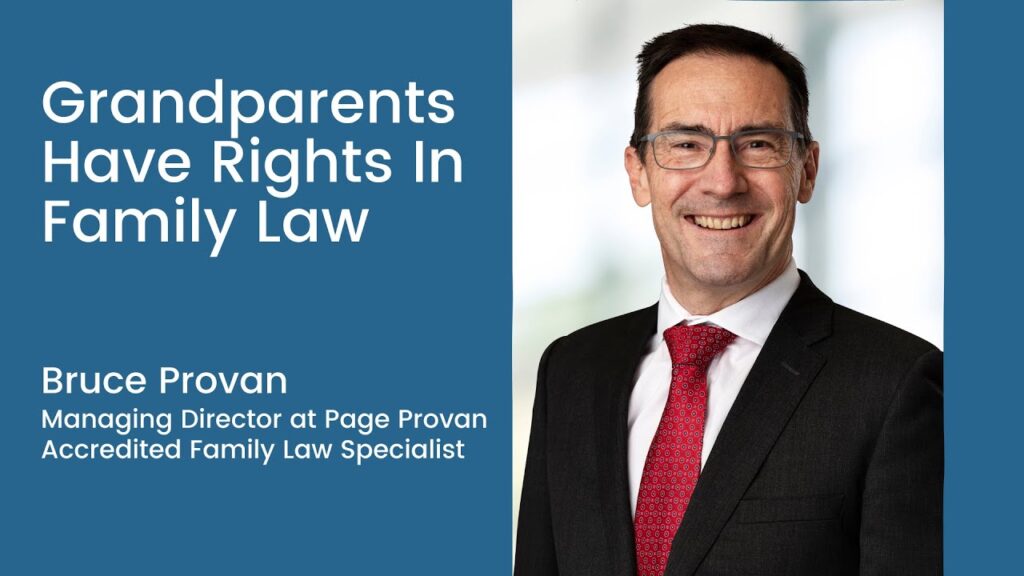Domestic Violence Allegations make little difference to Court Result: AIFS
From the Australian Institute of Family Studies:
Research report no.15 2007
Allegations of family violence and child abuse
in family law children’s proceedings:
a pre-reform exploratory study
by Lawrie Moloney, Bruce Smyth, Ruth Weston, Nicholas Richardson, Lixia Qu and Matthew Gray
Australian Institute of Family Studies, 2007.
ISBN 978 0 642 39550 4. ISSN 1447-1469 (Print); 1477-1477 (Online).
(The complete report will be available here shortly and will also be announced on aifs-alert.
Synopsis
This research was commissioned by the Federal Attorney-General’s Department to provide baseline information to assist in informing the Australian Government’s Family Law Violence Strategy.
The study examines (a) the prevalence and nature of allegations of family violence and child abuse in family law children’s proceedings filed in 2003 in selected registries; (b) the extent to which alleging parties provided evidence in support of their allegations, and to which allegations were denied, admitted or left unanswered by the other party; and (c) the extent to which court outcomes of post-separation parenting disputes appeared to be related to the presence or absence of allegations.
The study was based on a content analysis of two random samples of court files from the Melbourne, Dandenong and Adelaide registries of the Family Court of Australia (FCoA) and the Federal Magistrates Court (FMC): 240 files from the general population of cases in which parenting matters were in dispute (the general litigants sample), and 60 files from judicially determined matters in which parenting was in dispute (the judicial determination sample).
In summary, a total of 300 court files were analysed: 150 from the Family Court of Australia and 150 from the Federal Magistrates Court. It should not be assumed that this sample is representative of the divorcing population. In other words, the findings should not be generalised to this population.
Key findings
Allegations of family violence and child abuse
More than half the cases in the FCoA and FMC in both samples contained allegations of adult family violence and/or child abuse.
Where allegations of spousal violence were made, an average of 4 to 5 allegations per case were made in the general litigants sample, with an average of 5-7 allegations per case raised in matters requiring a judicial determination. Where allegations of parental child abuse were made in the general litigants sample, an average of 2 allegations per case were raised.
Across courts and samples, the tenor of allegations was most commonly classified by the research team as ‘severe’ (that is, suggesting significantly injurious or abusive circumstances).
Cases in the FCoA that progressed to a defended hearing were the most likely of all cases to contain allegations. They also tended to involve both parties making allegations (that is, they comprised mutual allegations). More than half (57%) of the cases judicially determined in the FCoA contained allegations of actual physical spousal abuse, and many allegations looked to be at the ‘severe’ end of the spectrum. Thus, allegations of violence appeared to be ‘core business’ in family law disputes that went on to litigate in the FCoA and such allegations of violence were largely of a serious nature.
The FMC cases that were examined also dealt with a substantial proportion of cases involving allegations at the severe end of the spectrum. Over 60% of cases in both FMC samples contained some form of allegation of adult family violence or child abuse. In fact, allegations of actual physical spousal abuse were more likely to be raised among the FMC cases (both samples) than in cases from the FCoA general litigants sample.
The most common forms of alleged spousal violence were physical abuse (actual or threatened), emotional/verbal abuse, and property damage.
In the general litigants and judicial determinants taken separately, allegations of spousal violence were most likely to be made by applicant mothers, followed by respondent mothers, then applicant fathers, with respondent fathers being the least likely to make such allegations. Where fathers made allegations, mothers were also likely to do so or to have done so.
Allegations of spousal violence were more common than allegations of child abuse, within each court, sample, gender and applicant/respondent status group. (Allegations of spousal violence were raised in 48-79% of all cases in each court and sample, whereas allegations of child abuse were raised in 19-50% of all cases.)
Allegations of child abuse were almost always accompanied by allegations of adult family violence.
Allegations of child abuse largely centred on physical abuse, especially in cases requiring a judicial determination by the FCoA.
Allegations that children saw or heard spousal violence were more common in cases requiring a judicial determination. Indeed, around two-thirds (68%) of the FCoA cases in this sample contained such allegations, while the equivalent figure for the FMC was 48%. Allegations that children saw or heard spousal violence occurred in roughly a quarter of the cases in the general litigants sample (25% FCoA and 29% FMC).
Evidentiary material and responses to allegations
Three layers of ambiguity are suggested by the data: (a) there is little evidentiary material to support allegations (especially in the general litigants sample); (b) there are fairly high rates of non-response to allegations of spousal violence – except for cases in the FCoA requiring a judicial determination; and (c) there are generally low levels of detail in the allegations and low levels of detail when responses are made.
A scarcity of supporting evidentiary material suggests that legal advice and legal decisionmaking may often be taking place in the context of widespread factual uncertainty.
Specifically, most alleging parties, especially fathers, did not provide any material in support of their allegations (although more than half the alleging mothers in the judicially determined cases provided some evidence). However, when fathers in the judicial determination sample did provide information about allegations of spousal violence, it appeared more likely to carry strong probative weight compared with the material provided by mothers in that sample.
Cases in the FCoA that required judicial determination were more likely than other cases to contain evidence of spousal violence that appeared to have some strong probative weight.
Mothers’ allegations of child abuse by fathers were less likely to be accompanied by evidence than was the case for mothers’ allegations of spousal violence. (Few fathers raised allegations of child abuse.)
Across the courts and samples examined, allegations were most commonly denied or left unanswered.
Denials were more likely to occur where the evidence appeared to be of a less probative weight than where the evidence was stronger or non-existent.
Allegations of child abuse against fathers were more likely to yield a response – usually a denial – than allegations of spousal violence.
When all the pieces of evidence were taken together, most individual allegations of spousal violence across the courts and samples received no corroborative evidence. This was less marked for allegations of spousal violence raised in the judicial determination sample than in the general litigants sample.
Nevertheless, at least half the case files contained information about some of the allegations. As might be expected, case files in the FCoA judicial determination sample seemed the most likely of all sub-samples to contain such information and to provide strong support for the allegations raised. Cases that seemed to contain the most severe allegations of spousal violence were especially likely to be accompanied by evidentiary material. Many of these cases required a judicial determination.
Mothers were more likely than fathers to provide or elicit relatively strong evidence for their allegations of spousal violence. More than half of the fathers in all groups provided or elicited no supporting evidence for their allegations.
Mothers in the general litigants sample were more likely to elicit evidence for their allegations of spousal violence than of child abuse. (There were too few fathers who raised allegations of child abuse to make a similar comparison.)
Parenting proposals and court outcomes
Allegations of spousal violence or parental child abuse accompanied by evidence of strong probative weight appeared to influence court orders. Without such evidence, allegations did not seem to be formally linked to outcomes.
Children typically lived with their mothers both prior to and following the granting of parenting orders. Put simply, the status quo usually remained. Where change occurred, it was most likely to involve a move to live with the mother, followed by living with both parents on a shared care basis.
While it was unusual for contact to be denied, allegations of spousal violence appeared to increase the chance of orders for daytime-only contact or no contact. The apparent severity of allegations and the probative weight of supporting evidence did appear to increase the likelihood that contact was restricted to daytime only. Nonetheless, orders for overnight stays predominated among cases involving contact orders, whether or not allegations were made and regardless of the apparent severity or probative weight of that evidence.
Cautionary note
No single study should ever be used to guide policy or practice – especially where the issues are tremendously complex, as is the case in the study of allegations of adult family violence and child abuse in family law proceedings. To this end, several important limitations should be noted in relation to the above findings.
First, the sizes of the samples were modest – particularly the judicial determination subsamples – which increases the possibility of error in our estimates. Moreover, since data from registries in only two states were sampled, it cannot be automatically assumed that the findings can be generalised as applying to other registries in Australia.
Second, no information was sought from state- or territory-based child protection agencies or the police. This means that the scope of the study is far from comprehensive.
Third, the findings are based entirely on the information documented in the court file. The study focused on the prevalence of allegations in selected registries, and not the prevalence of violence per se. The study cannot tell us what motivates an individual to make or not make an allegation, to admit or not admit to an act of violence or abuse, or to make or not make a denial.
Fourth, some allegations may therefore be an underestimate of the real situation, some may be an overestimate and some may be untrue. In essence, in focusing on allegations recorded in court documents, the design of the study was such that it was not possible to assess their veracity, especially the extent to which any allegations had been fully or partially fabricated (that is, were fully or partially ‘false’).
Fifth, it is important to note that when litigants are legally represented (as most were), allegations, denials and/or non-disclosures are inevitably filtered through the lens of the legal advice they receive and/or their legal representation. Legal advice and/or representation is based on a complex mix of experience and the understanding and interpretation of case law and legal practice. There is thus a sense in which the research could be seen as an examination by proxy of legal responses to clients’ concerns about violence and abuse. But the study is necessarily silent on how legal representatives address the many (and sometimes competing) issues their clients raise.












